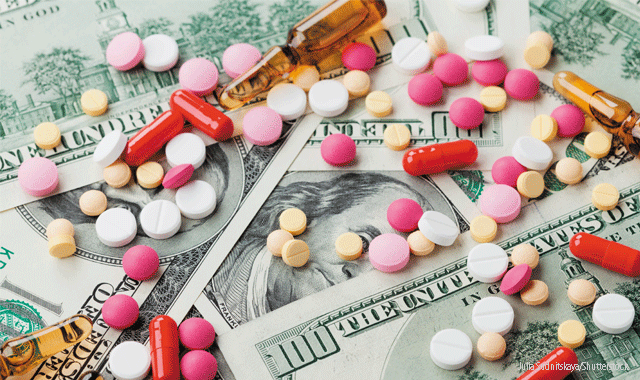Depression Drugs Market to Generate $5,000 Million
Though decreasing, initiatives and awareness will generate more revenue.

A recent study conducted by the University of Virginia Health System and published by Transparency Market Research (TMR) suggests that the depression drugs market will generate $5,000 million between 2018 and 2026.
The new projection is actually the result of an anticipated decrease at a negative compound and annual growth rate of -2% over the forecasted period. Previously, the depression drugs market was valued at $6,500 million.
According to TMR, drivers of the depression drugs market. Include the prevalence of major depressive disorders, a rise in government initiatives that create further awareness of depression drugs, and a growing global geriatric population.
Trending: Six New Clinical Services for Pharmacists
The study breaks down the Global Depression Drugs Market into distribution channels (online, hospital, or retail pharmacy), disease types (major depressive disorder, schizophrenia, bipolar I disorder, selective serotonin reuptake inhibitors, and other), drug class (atypical antipsychotics, serotonin-norepinephrine reuptake inhibitors, selective serotonin reuptake inhibitors, and CNS stimulants), and geographic region.
Retail pharmacies held the maximum market share of the Global Depressions Drugs Market in 2017, according to TMR. Furthermore, atypical antipsychotics was the drug class that lead the market share in 2017 and is expected to continue to dominate the market for some time.
According to the National Institute of Mental Health, 16 million U.S. adults suffered from at least one episode of depression in 2015. 10.3 million adults experienced at least one depressive episode with severe impairment in 2016. The highest age range that experienced depressive disorders was 18-25 years.